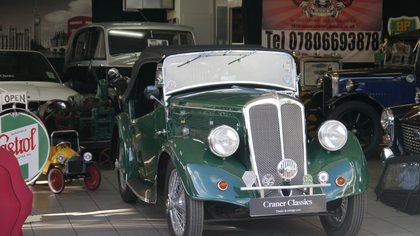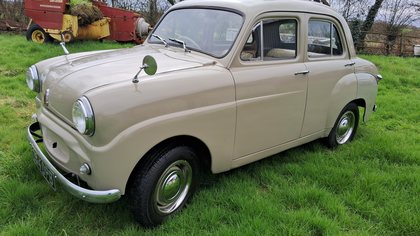1936 Standard Flying Twelve

1936 Standard Flying Twelve
- Right Hand Drive
- 9,818 Miles
- Manual, 5 speed
- Petrol
- 1608cc
- 1936
- XSK165
- Beige
- Private seller
- Cambridge, United Kingdom

This advert has now been removed through sale or otherwise. Please see the list below for similar live adverts.
Similar Standard Flying Twelves

Classic and Sportscar Centre
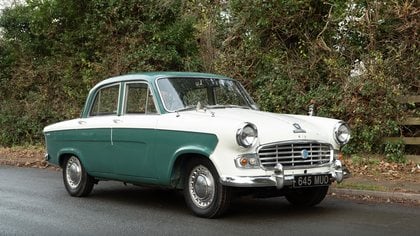
1962 Standard Vanguard Vignale Luxury
Petrol · Manual · 4 speed
RHD
£13,995
Asking price
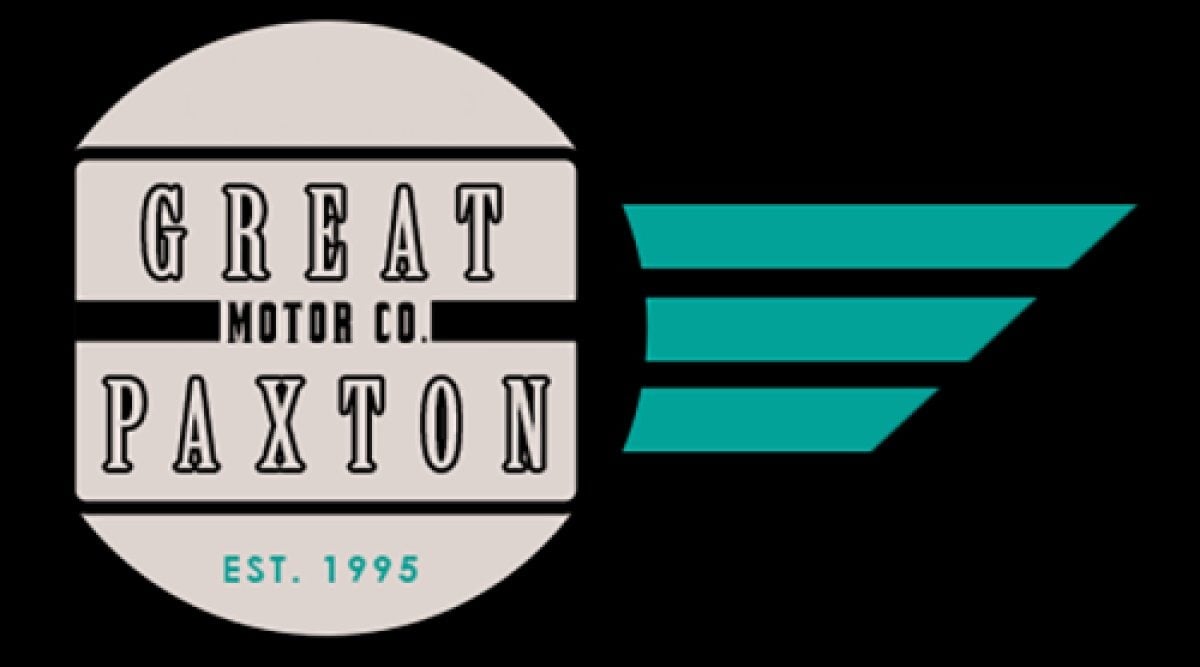
Great Paxton Motor Company
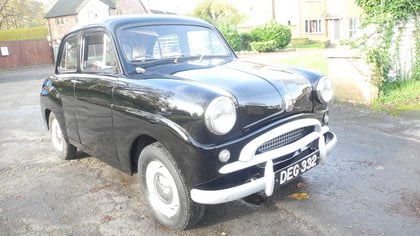
STANDARD 10
Petrol · 28,000 miles · Manual · 4 speed
RHD
£5,495
Asking price
Check out our new listings and upcoming auctions by subscribing to our newsletter
By signing up you accept our privacy policy and conditions of purchase








